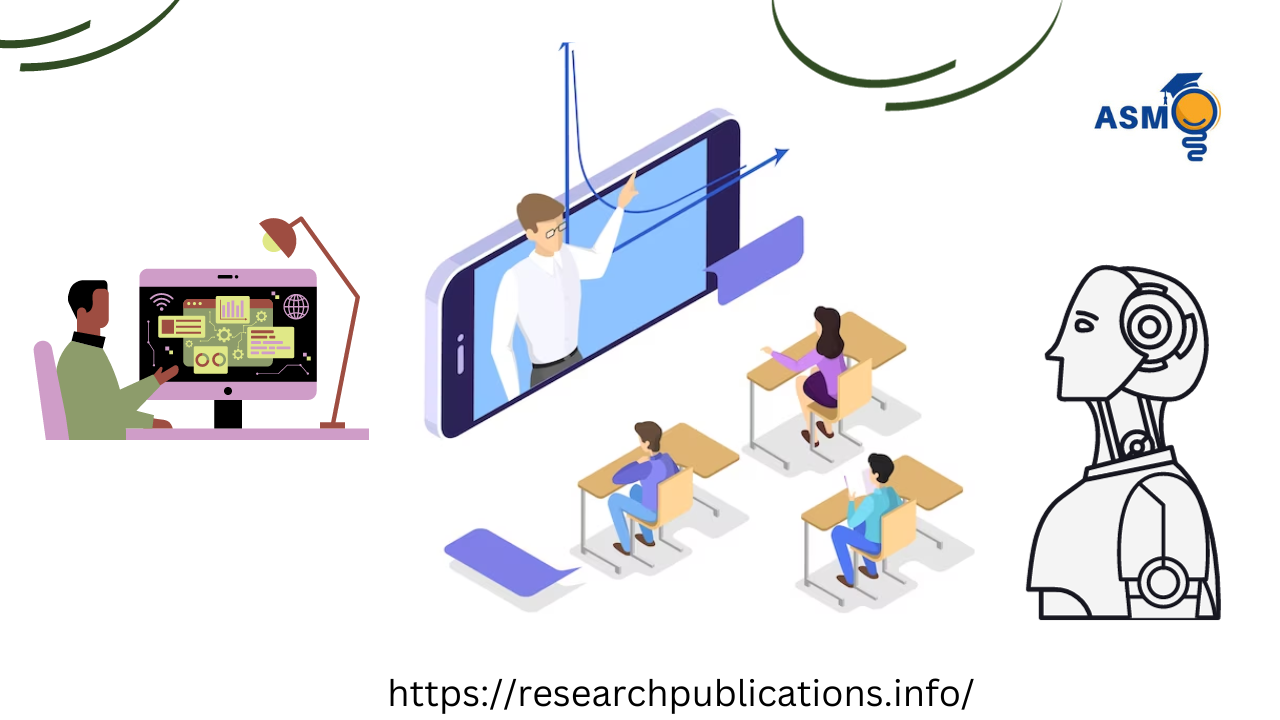- Identify the right content and activities to flip
Not all content and activities are well-suited to the flipped classroom model. Consider which topics are best taught through video or other asynchronous resources, and which are best learned through hands-on activities and collaboration.
- Create or curate high-quality learning resources
Your students will need access to high-quality learning resources outside of class time. This could include videos, articles, interactive exercises, or other resources.
- Design engaging in-class activities
The flipped classroom model allows you to use class time for more active and engaging learning activities, such as problem-solving, discussions, and projects.
- Provide opportunities for student feedback and support
It is important to provide students with opportunities to give feedback on your flipped classroom approach and to get help when they need it. You can do this through surveys, discussion forums, or one-on-one meetings.
Tips for starting a flipped classroom:
- Start small. Don’t try to flip your entire class overnight: Start with a few topics or units, and see how it goes.
- Get buy-in from your students: Explain the flipped classroom model to your students and why you are doing it. Get their feedback and suggestions.
- Be flexible: The flipped classroom is not a one-size-fits-all approach. Be willing to adjust your approach based on your student’s needs and feedback.
- Use technology to your advantage: There are many great tools and resources available to help you flip your classroom.
Here are some examples of how you can flip your classroom:
- Record video lectures or screencasts: This is a common way to flip your classroom. You can use a simple video recorder or screen-casting software to create videos of your lectures or demonstrations.
- Assign readings or articles: You can assign students to read articles or book chapters outside of class time, and then use class time to discuss the material and answer questions.
- Create interactive exercises: Some websites and tools allow you to create interactive exercises, such as quizzes, puzzles, and simulations. Students can complete these exercises outside of class to practice what they have learned.
- Use online discussion forums: You can use online discussion forums to allow students to discuss the material with each other and with you outside of class time.
Flipping your classroom can take some time and effort, but it can be a very rewarding experience for you and your students. By following the tips above, you can start flipping your classroom today.


